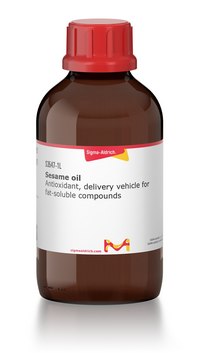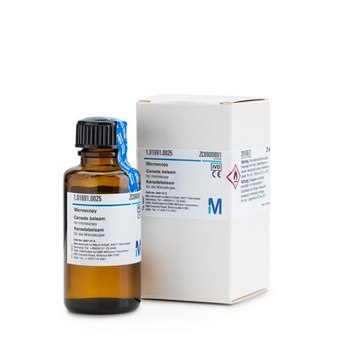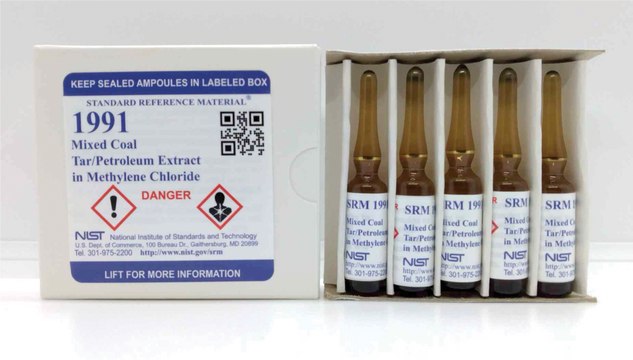Recommended Products
Quality Level
ign. residue
≤0.01% (as SO4)
bp
200-220 °C (lit.)
transition temp
solidification point <−20 °C
density
1.09 g/mL at 20 °C
application(s)
metabolomics
vitamins, nutraceuticals, and natural products
InChI
1S/C7H8O2/c1-9-7-5-3-2-4-6(7)8/h2-5,8H,1H3
InChI key
LHGVFZTZFXWLCP-UHFFFAOYSA-N
Looking for similar products? Visit Product Comparison Guide
Related Categories
General description
Application
Biochem/physiol Actions
Signal Word
Danger
Hazard Statements
Precautionary Statements
Hazard Classifications
Acute Tox. 3 Dermal - Acute Tox. 3 Oral - Acute Tox. 4 Inhalation - Aquatic Chronic 2 - Eye Dam. 1 - Muta. 2 - Skin Corr. 1A - STOT RE 2
Target Organs
Nervous system,Kidney,Liver,Skin
WGK
WGK 3
Flash Point(F)
165.2 °F
Flash Point(C)
74 °C
Personal Protective Equipment
Regulatory Information
Certificates of Analysis (COA)
Search for Certificates of Analysis (COA) by entering the products Lot/Batch Number. Lot and Batch Numbers can be found on a product’s label following the words ‘Lot’ or ‘Batch’.
Already Own This Product?
Find documentation for the products that you have recently purchased in the Document Library.
Our team of scientists has experience in all areas of research including Life Science, Material Science, Chemical Synthesis, Chromatography, Analytical and many others.
Contact Technical Service









